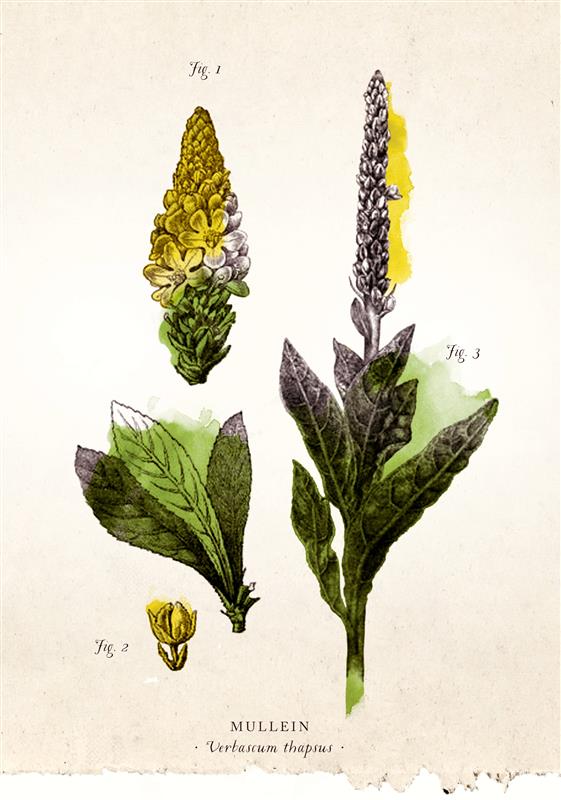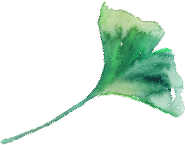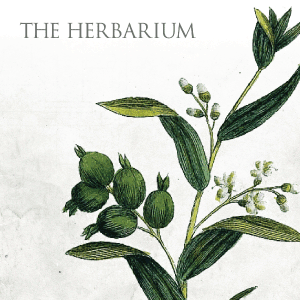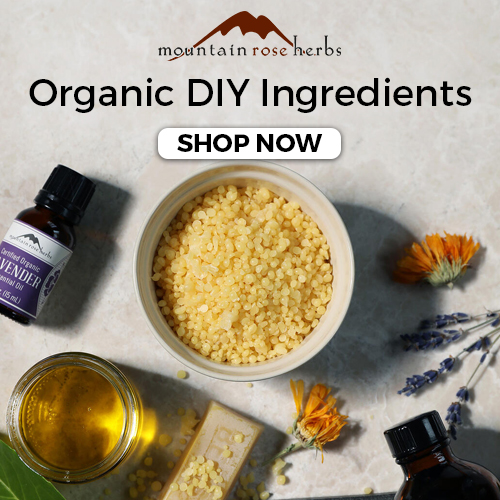
At the beginning of every summer, Mullein is usually the first sign that the season is about to hit full swing here in the south. I can’t drive down the highway without seeing mullein leaves basking in the sun every mile to two, and eventually those tall, beautiful spikes come shooting up, filled with bright yellow flowers reaching taller than me towards the sky. This is Mullein – summer basking glory that is every thru-hiker’s dream to come across. It’s one of the most identifiable plants out there, and also one of the most fun to play with and make medicine from.
Two parts of mullein are most commonly used: the leaves and the flowers (and roots, occasionally).
The leaves are harvested fresh, and may be dried in the sun to make tea (they’re nice and fuzzy soft!). They have a great affinity for the lungs, and are an ideal remedy for dry, nervous coughs. Mullein is inherently moistening, so if you’ve got that dry, unproductive cough mullein is great at moistening up the mucus membranes to loosen things up by quieting the sensory irritation in the throat mucosa. It works well as primary herb, and even better when combine with marshmallow, wild cherry bark or coltsfoot for a fan-freakin’-tastic cough remedy. The leaves are also very high in mucilages (made from sugars and ironic acid units) which can trap water and swell to form a gel consistency. This mucilage is nice and soothing to membranes internally and also topically when applied to the skin, and have been traditional remedies for ulcers, burns, gastrointestinal inflammation (in the lower GI especially) and topical wounds. It’s been shown to even have some antimicrobial and antiviral actions from both water extracts and alcoholic extracts. If you’re out in the woods and need some emergency first aid, a mullein plant is a great ally.
To make a quick mullein leaf cough remedy: Combine 1 heaping tbsp dried mullein leaves with 1/2 tsp each cherry bark, marshmallow root & licorice. Simmer in 2 cups water for 15 minutes, covered with a tight fitting lid. Remove from heat and strain. Sip with a little honey to coat and soothe the throat.
The flowers are harvested when they’re in full bloom, bright yellow and covering that long stalk that sprouts up from the middle of the mullein plant. They’re infused into an oil (olive oil works amazingly well) for topical anti-inflammatory, demulcent or analgesic magic. As a doctrine of signatures poster child, the stalk of the mullein plant resembles a spine, and traditionally the flowers harvested from the mullein “spine” were used to support lower back pain. This simple mullein flower oil is an all over excellent pain relieving oil that helps to reduce swelling topically. Today, the flowers are most commonly infused into an oil (along with garlic) to make an ear oil for ear infections. I’ve tried that remedy numerous times (especially when I was little kid, chronically plagued with ear infections) and it works wonderfully well, and usually within 1-2 days.
To make mullein flower oil (ridiculously simple) Loosely pack a small glass jar with mullein flowers. Cover completely with a carrier oil (I like to use olive oil). Seal with a right fitting lid, and let sit out in the sun for 3 days. Strain out all of the oil using a fine cloth or thin t-shirt or bandana. Discard flowers, and save the oil in am amber glass jar for upcoming outdoor adventure. (If you don’t have 3 days for the solar infusion, put the jar in a crock pot, covered 2/3 with water on LOW for about 7-8 hours. Check often as too high heat will crack the glass.)
Dosing:
Tea (dried leaves) up to 24 grams daily, typical dose is 5 grams at a time.
Tincture (alcoholic extract) 7-10ml up to twice daily.
I’d love to hear your experiences with mullein (and see your self portraits with your #mulleinally) this summer!
References (for more nerd brain reads on Mullein/Verbascum thapsus)
Turker AU, Camper ND. Biological activity of common mullein, a medicinal plant. J Ethnopharmacol 82.2-3 (2002) 117-25
Serkedjieva J. Combined antiinfluenza virus activity of Flos verbasci infusion and amantadine derivatives. Phytother Res 14.7 (2000) 571-4
Braun & Cohen. (2007). herbs & natural supplements; An evidence based guide. Second Edition. Elsevier Press.








